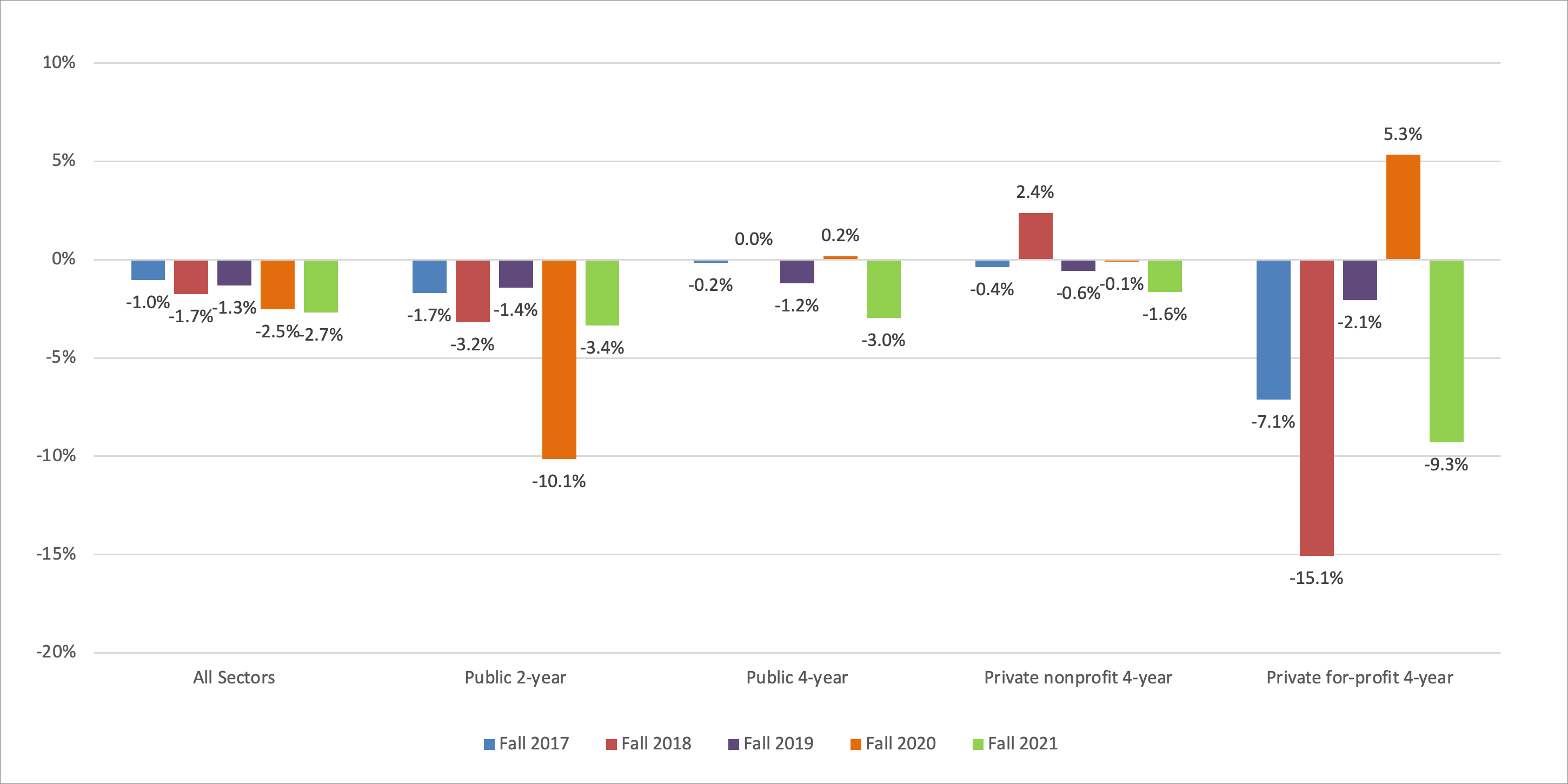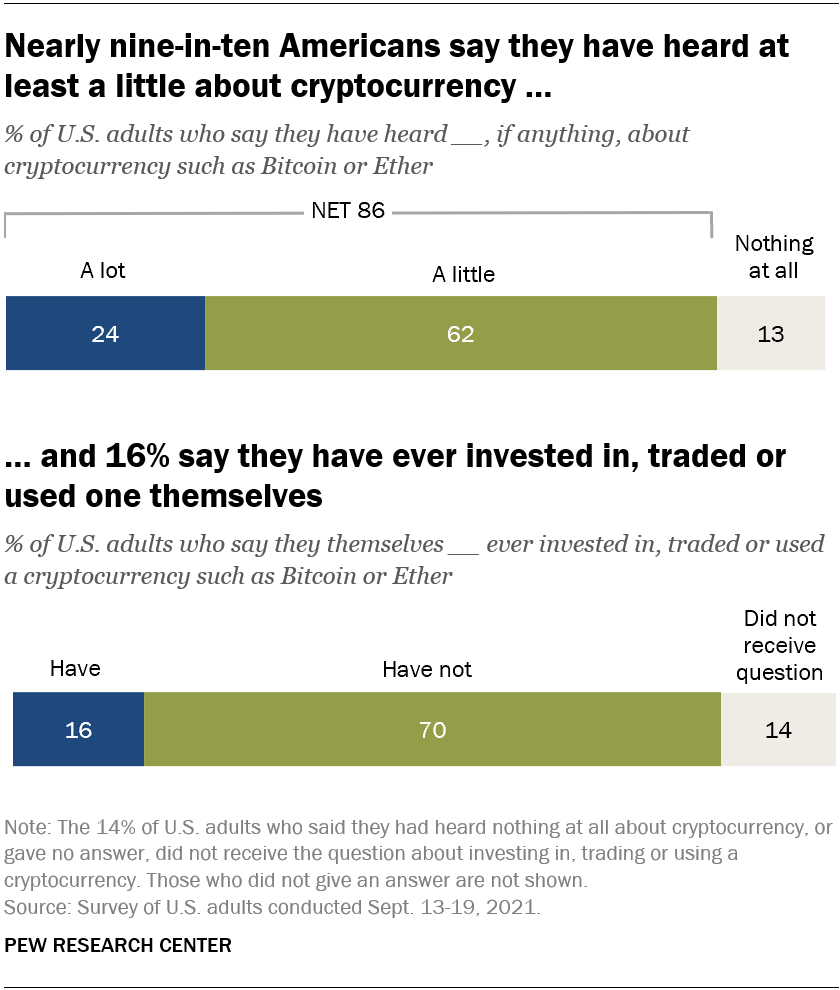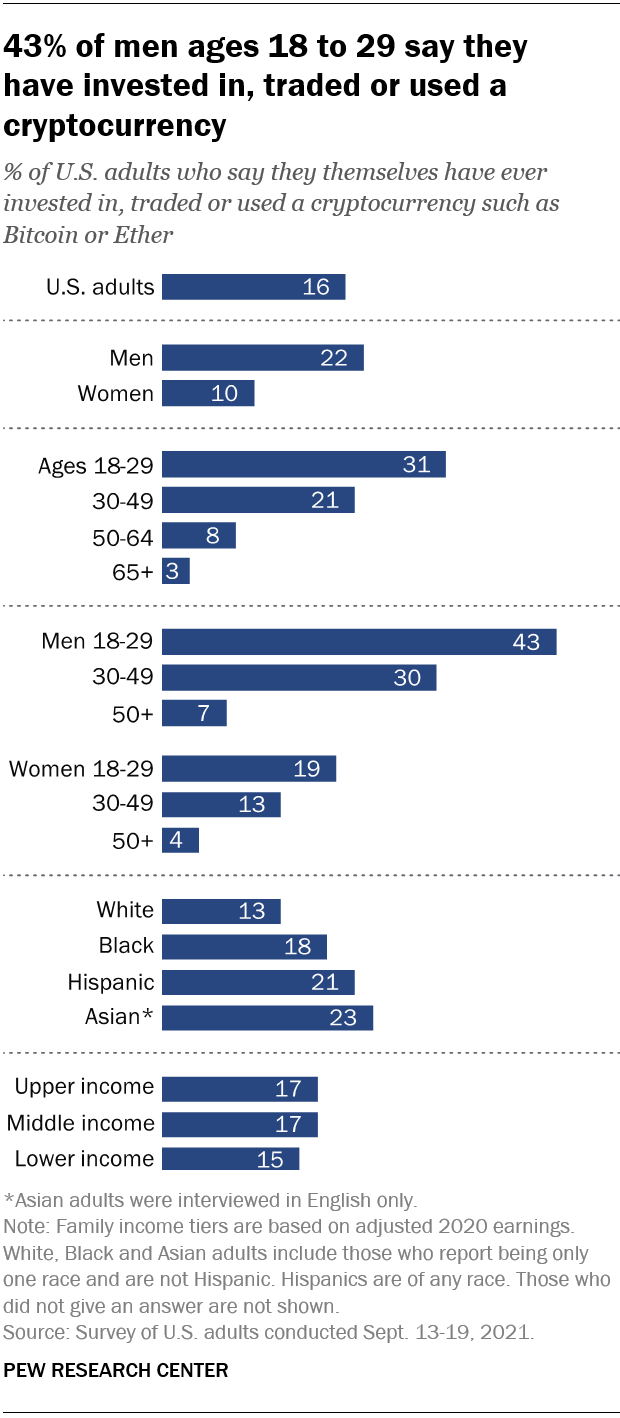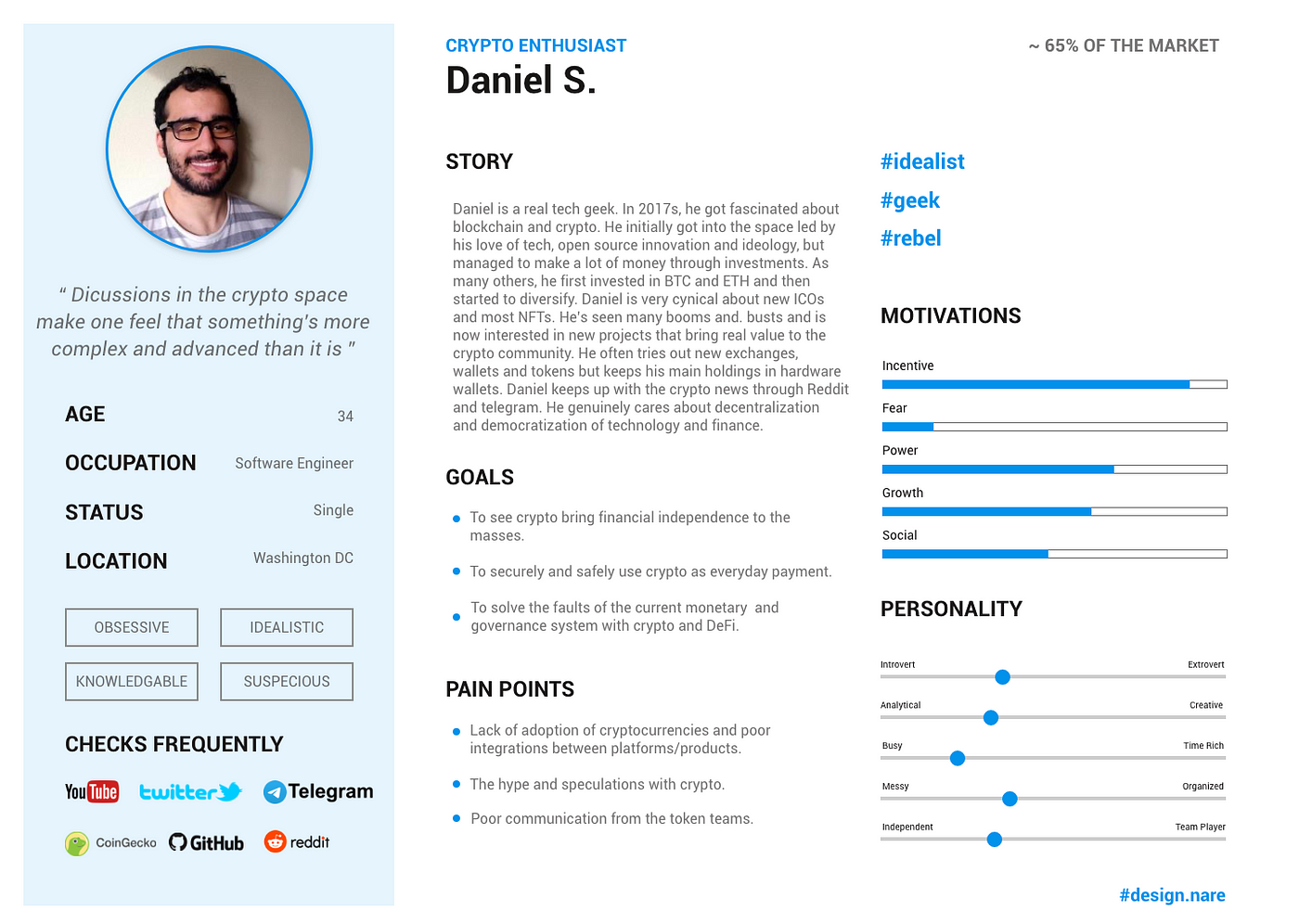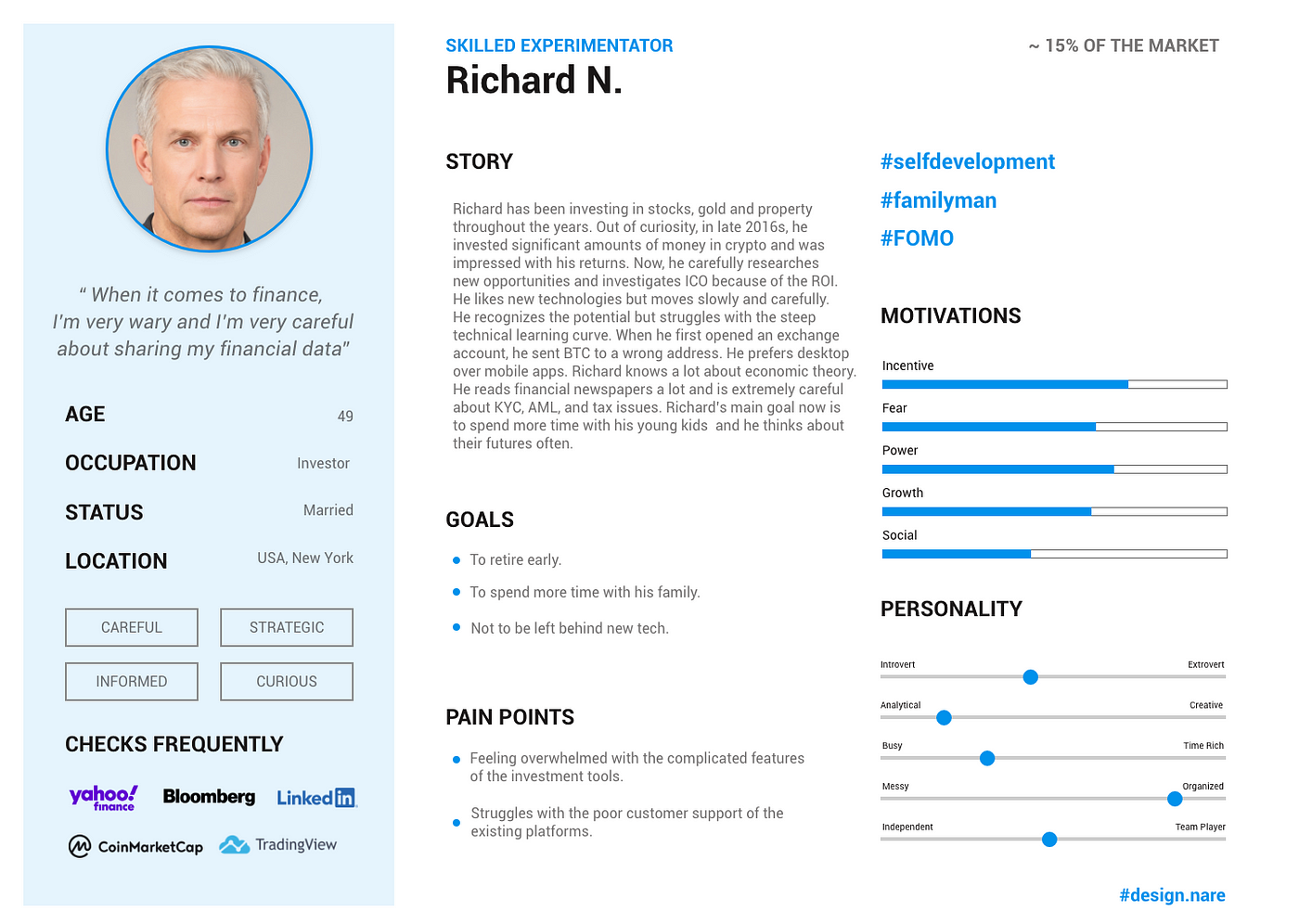Part
01
of five
Part
01
Women in Science, Engineering, and Math
Key Takeaways
- According to the Institute for Education Sciences' National Center for Education Statistics (IES-NCES), about 58.6%, representing 9.5 million women undergraduate students enrolled during Fall 2021 academic year. The remaining 41.4% were men.
- In terms of percentages for program enrollment, 872,975 (representing 9.2%) women were enrolled in science programs, including biological and biomedical sciences, computer and information sciences and support systems, and physical sciences.
- Women who were enrolled in Mathematics and Statistics were 97,708 representing approximately 1% of total women undergraduate enrollment.
- Women enrollment in Engineering related programs (Engineering, and Engineering Tech. and Engineering related fields) were 831,081, representing 8.7%.
Introduction
This research reports on the number of women that are studying/enrolled in Science, Engineering, or Math at the undergraduate college level in the United States (US). Information was not straightforward for the determination of the number of women that are studying/ enrolled in Science, Engineering, or Math at the undergraduate college level. As a result we used data from the IES-NCES and the National Student Clearinghouse Research Center to triangulate the total enrollment numbers before the percentage component per program was determined. Current estimates from these sources on the number of women who go on to work in Science, Engineering and Math were not readily available. As a result, we leveraged on 2019 estimates publicly available through Pew Research Center.
Undergraduate Women Studying Science, Engineering or Math
- According to the IES-NCES, there were approximately 16.2 million undergraduate student enrollment in colleges and universities during Fall 2021. This estimates cover both students enrolled in 2-years and 4-years undergraduate degree programs in colleges and universities in the US.
- About 58.6%, representing 9.5 million undergraduate students were women. The remaining 41.4% were men.
- In terms of percentages for program enrollment, 872,975 (representing 9.2%) women were enrolled in science programs, including biological and biomedical sciences, computer and information sciences and support systems, and physical sciences.
- Women who were enrolled in Mathematics and Statistics were 97,708 representing approximately 1% of total women undergraduate enrollment.
- Women enrollment in Engineering related programs (Engineering, and Engineering Technology and Engineering related fields) were 831,081, representing 8.7%.
- Undergraduate Women Studying Science, Engineering or Math
Career Trajectories for Women in Science, Engineering or Math
- Estimates from the U.S. Bureau of Labor Statistics, reports that job opportunities in Science, Engineering and Math, including Technology are forecast to skyrocket to almost 9% from 2018 to 2028 than other non-STEM industries, pegged at 5%.
- A report from the National Center for Science and Engineering Statistics in 2019 reported that, full time employment statuses for women and men in science and engineering were 10.7 million and 13.3 million respectively. In terms of part-time employment, about twice as many women were employed that men; 3 million and 1.6 million respectively.
Research Strategy
The research team scoured through the most credible and publicly available sources to provide the number of women that are studying/enrolled in Science, Engineering, or Math at the undergraduate college level. We searched through national database to identify relevant information that addressed the current number of women undergraduate students in Science, Engineering or Math. However, none of these databases provided the information required. We therefore leveraged the advanced search filter provided on the Statista, Bestcolleges.com, the IES-NCES and the National Student Clearinghouse Reseearch Center to triangulate data estimates to obtain the total number of women studying or enrolled in Science, Engineering, or Math. As a result, the total percentage of women undergraduate students during Fall 2021 was obtained from IES-NCES. Subsequently, total student enrollment numbers based on program of study were obtained from the National Clearinghouse Research Center for the same period. We grouped the programs of study under Science, Engineering and Math to determine the total number of students enrolled under each of these programs. We also leveraged on the broader percentage estimates based on the gender distribution of undergraduate students.
